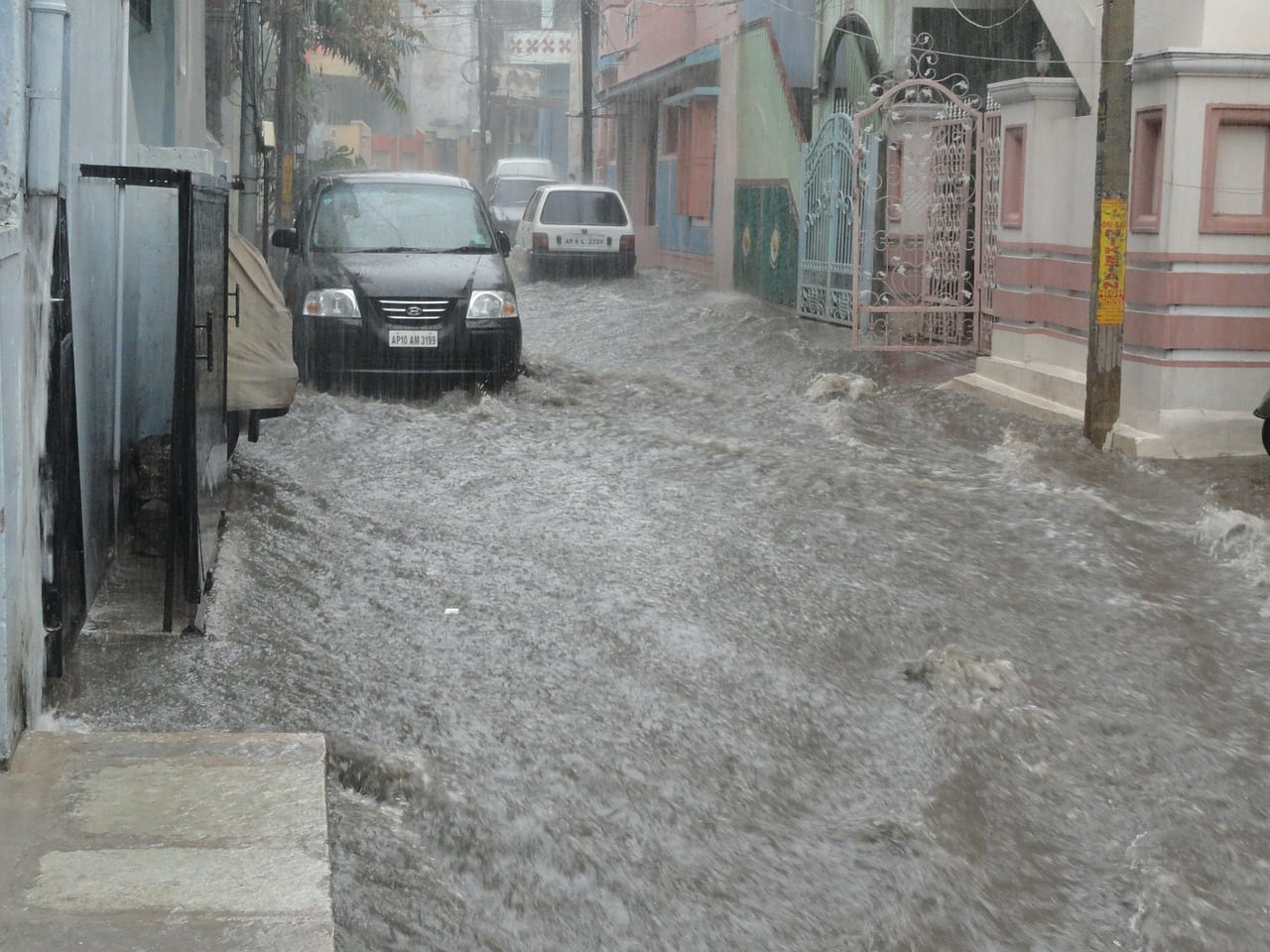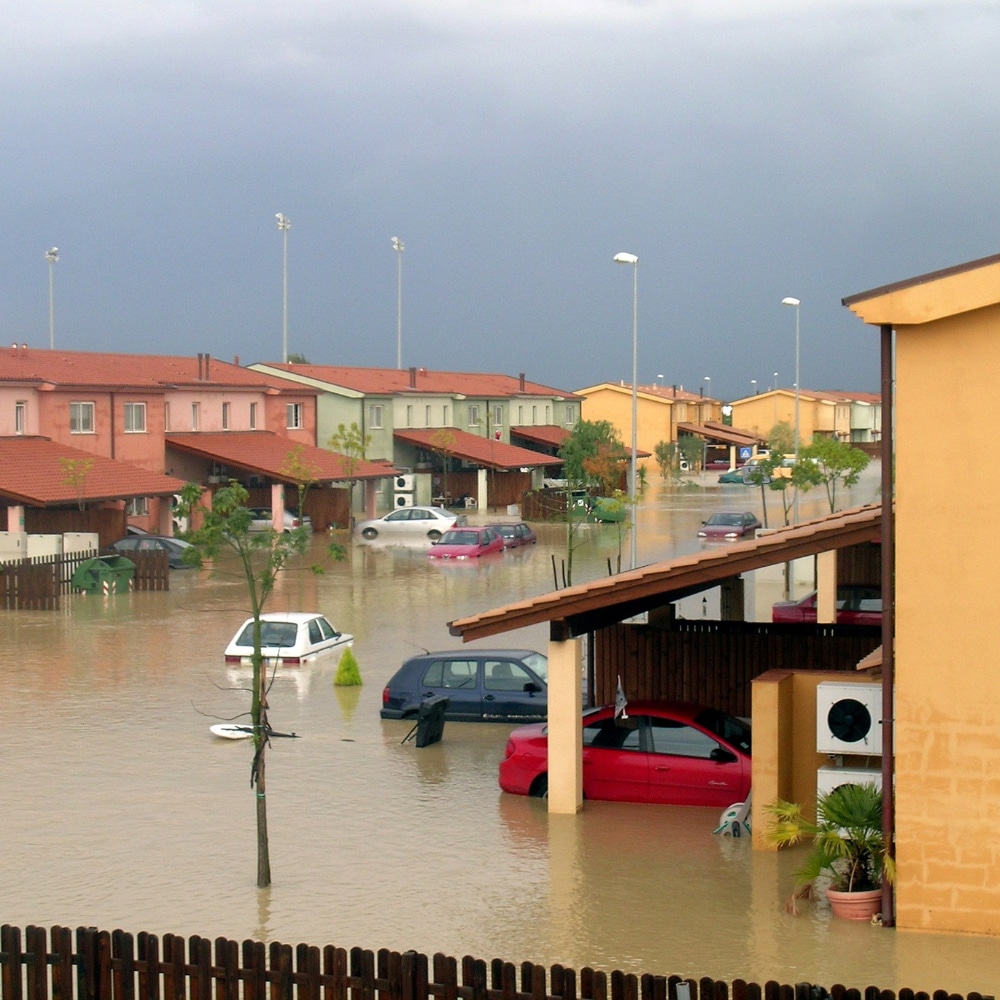My Community is Flooding! – What Do I Do?

There’s a few things that make floods more likely to occur, although it’s good to keep in mind that flooding can occur at any time of the year.
Why does flooding happen?
Generally, floods occur when a greater-than-normal amount of water appears suddenly with insufficient drainage. This could be caused by sudden flashes of rainfall, dam failures, rapidly melting snow and ice, and more. Many cities have excellent infrastructure to drain water away from roadways and other important areas. This helps to protect your home. Before a flood is forecasted, however, it’s wise to question if there is anything you can do to reduce your risks.
How do I safeguard my home?
The first question you’ll want to answer is where water goes around your home. Do your gutters drain directly downwards, or do are they routed away from your house? Concrete and wood are porous, and will only act as a barrier for small amounts of water. This means you’ll want to make sure your gutters drain away from the foundation of your home. The soil around your home can make a big difference too; hard and dry soil with nothing in it does not readily absorb water. In contrast, loose soil with plants in it will readily suck in water. It’s usually best to plant native plants, as they are generally easier to grow, and are already adapted to the natural soil. You can also try spreading mulch over any bare soil, as it will significantly increase the soil’s absorbency.
It’s also wise to make sure any low-level windows are well-sealed. A little bit of weather sealant can go a long way! Particularly if you have a basement, you’ll want to make sure you identify any leaks or cracks and seal them to ensure you don’t give flood water an easy path to enter your home. Consider investing in a sump pump or other water-removal device. These devices can save your home, but they won’t do much if the flooding is already overwhelming.
Be prepared to turn off any gas or electrical mains in your home. Remember, if there’s water near an electrical panel, exit your house immediately and call an electrician. If it’s safe to do so, turning off these mains can minimize the potential damage to your home and its infrastructure.
To prevent as much damage as possible, try the following:
- Put weather protection sealant around basement windows and the base of ground level doors.
- Purchase flood barriers or sandbags to create dams around key areas.
- If you have a basement, it’s best to install a sump pump.
- Call your electricity or fuel supplier, and get their advice on how to proceed in the case of a flood.
Plan a to-do list for when a flood is in the forecast, because time will be of the essence!
Make sure you create your own list, based on your living situation, but feel free to use these tips as a starting guideline:
- Turn off basement furnaces.
- Turn off outside gas valves.
- Protect your heating equipment.
- Move furniture and electrical appliances to an upper floor.
- Remove toxic materials from the area to avoid pollution.
- Disconnect eavestroughs if they are attached to the house sewer.
- Plug basement sewer drains and toilet connections with wooden stoppers.
- If it’s necessary to evacuate your home, make sure you only return to it once the authorities have said it’s safe to do so.
- Be prepared to grab your emergency kit if an evacuation is necessary.
For more information on what to do once the flood is upon you, read up on safety procedures here, or watch our video:







